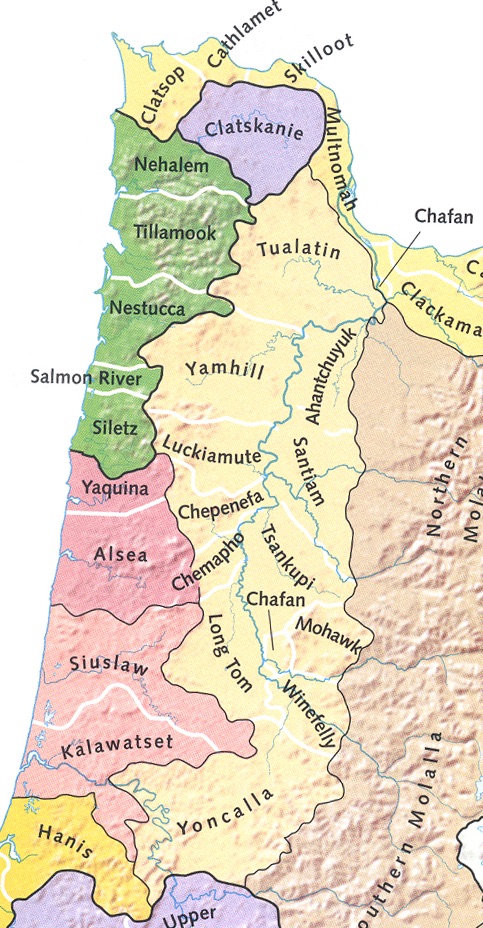Before the first Europeans saw a glimpse of the coast from the decks of their ships, the region surrounding Otter Rock Marine Reserve was home to indigenous peoples who lived here for millennia. Several tribes lived and fished along this coastline. Among the many tribes that called this area home, a variety of languages and dialects were spoken, including the Tillamook language and the Yakonan language of the Yaquina people. Cultural practices and customs were distinct between villages, and most villages operated with complete local autonomy.
To the indigenous people who lived in the area, productive coastal ecosystems were of great significance, both on a practical and cultural level. Through careful stewardship, they lived in balance with the rich coastal ecosystem and connected spiritual importance to many animals. They depended on the natural bounty of the sea to provide their staple foods and resources.
Sea otters were of particular importance – not for food, but for their lush pelts. Sea otter pelts were prized resources, used to construct extravagant robes that provided warmth.
Between the many distinct languages spoken by indigenous people up and down the coast, there were at least six different words to describe the sea otter. Recollections passed down from elders tell of special sites along the coast that were particularly rich with sea otters. One such site is a small rock just south of Devil’s Punchbowl, situated a few hundred yards offshore. Referred to by the Tillamook people as əs·hí·higəl ʃə́·nʃis (us-HII-hi-gul SHUN-shis) (translated to English: Otter Rock), this rock is the namesake of the present-day marine reserve.
To learn more about the history of the Confederated Tribes of Siletz Indians, please visit https://www.ctsi.nsn.us/introduction/
